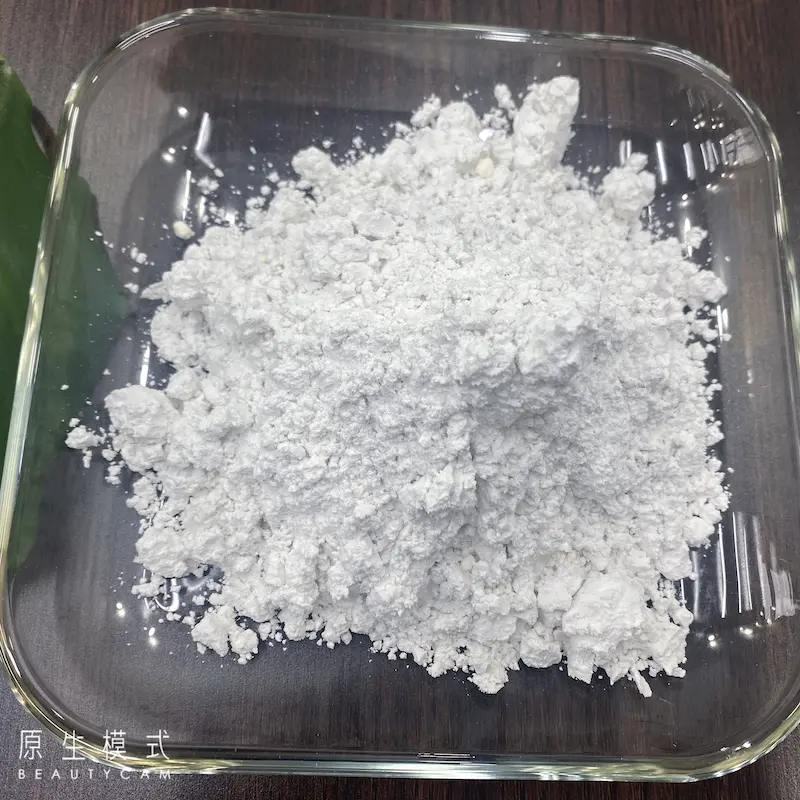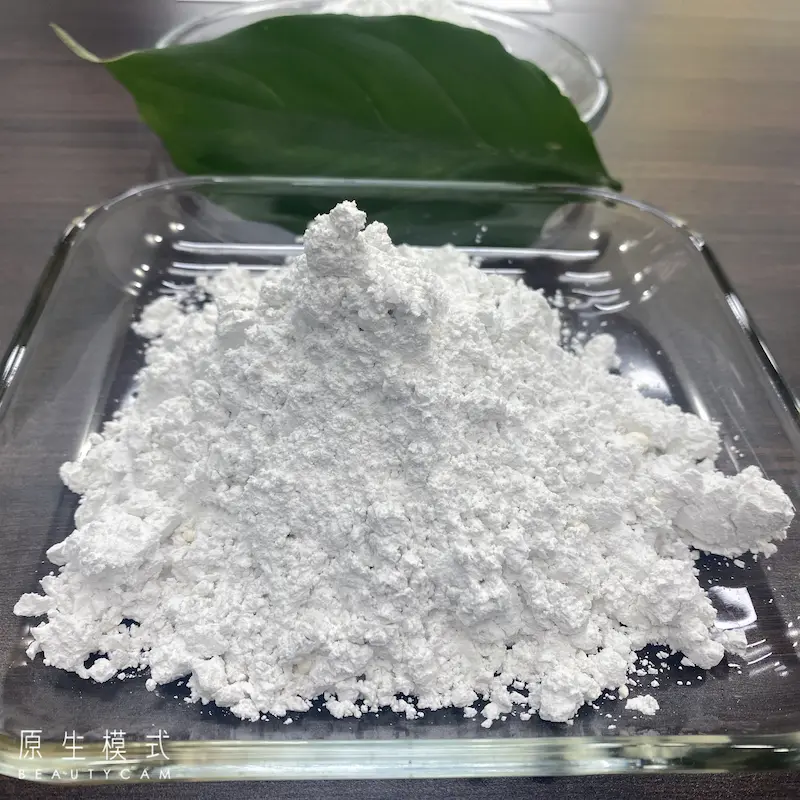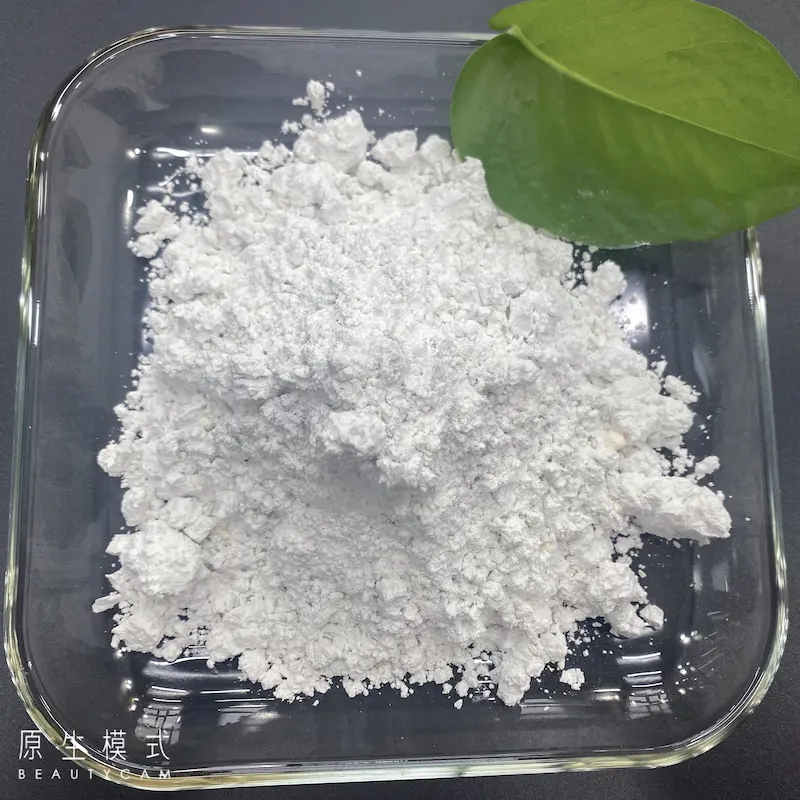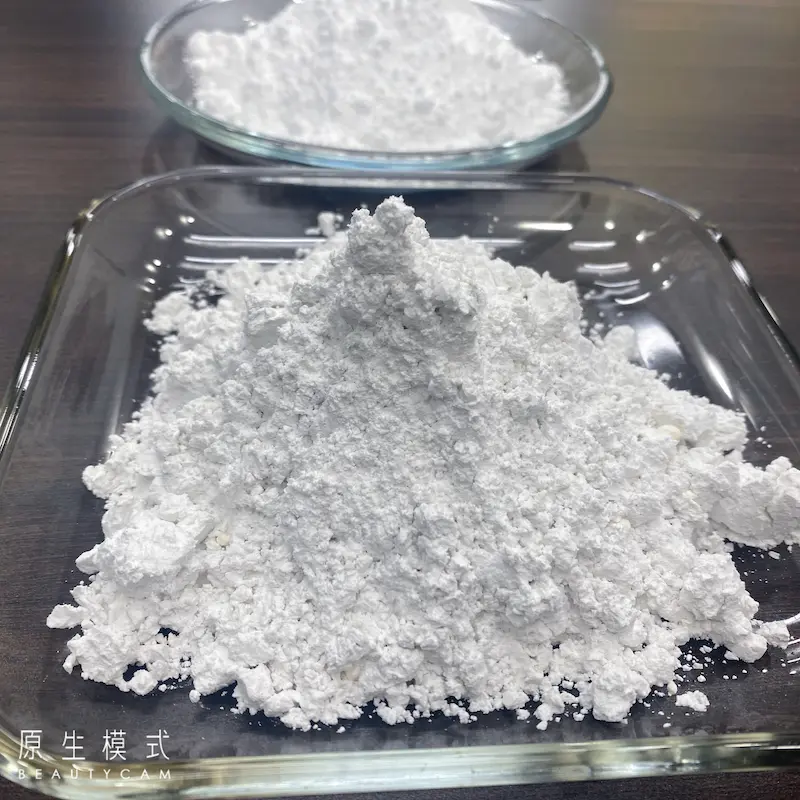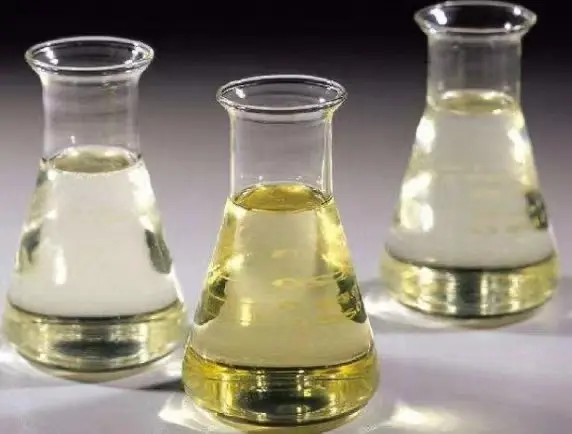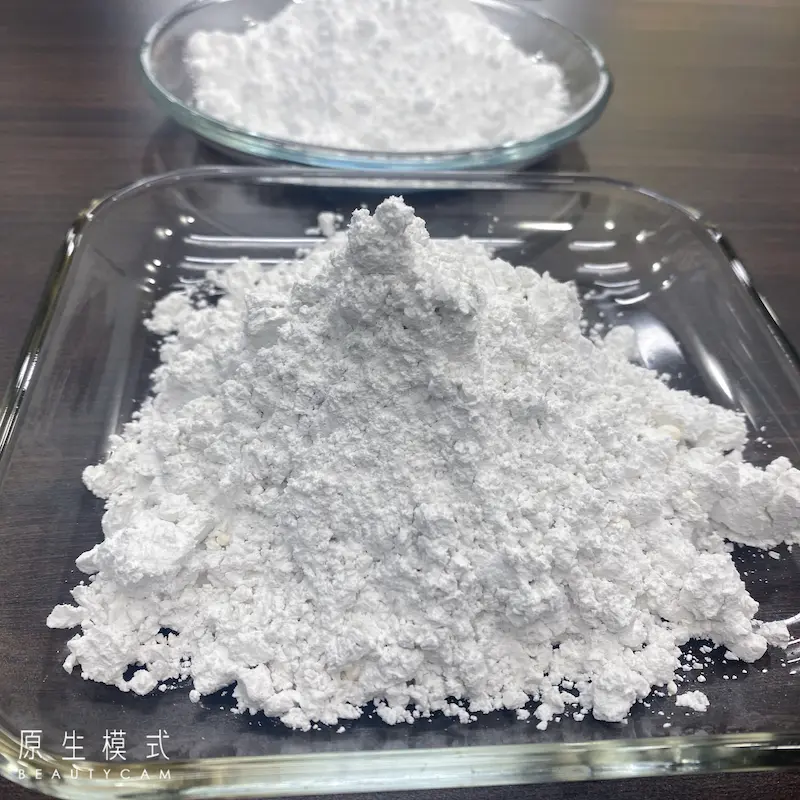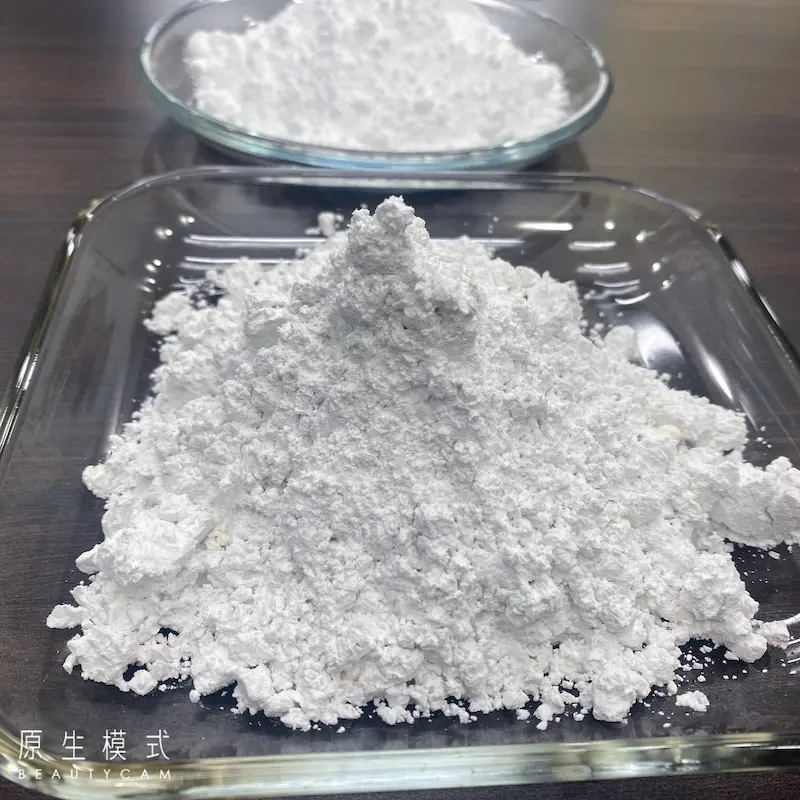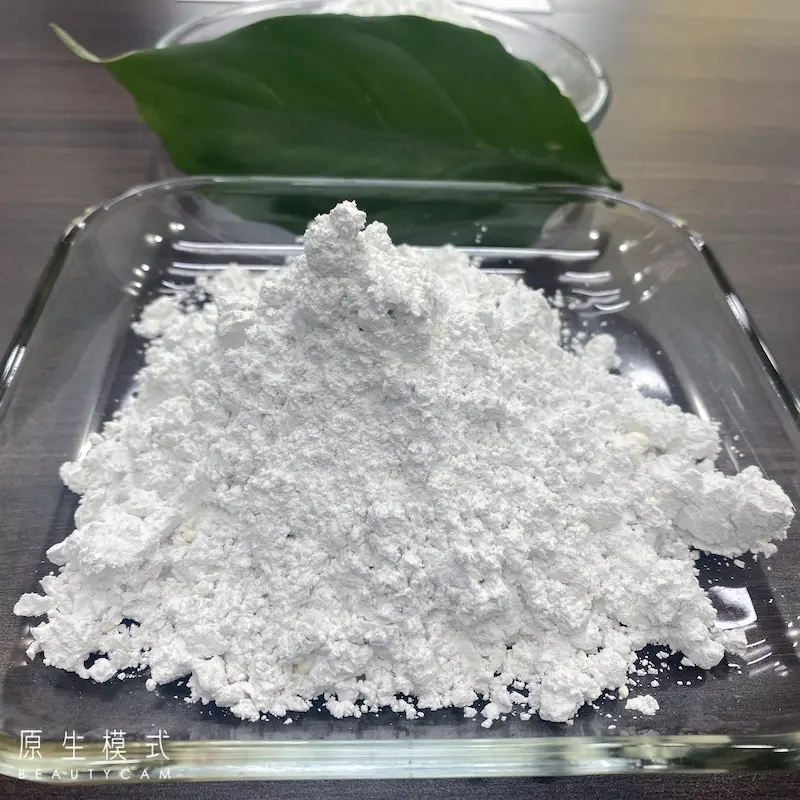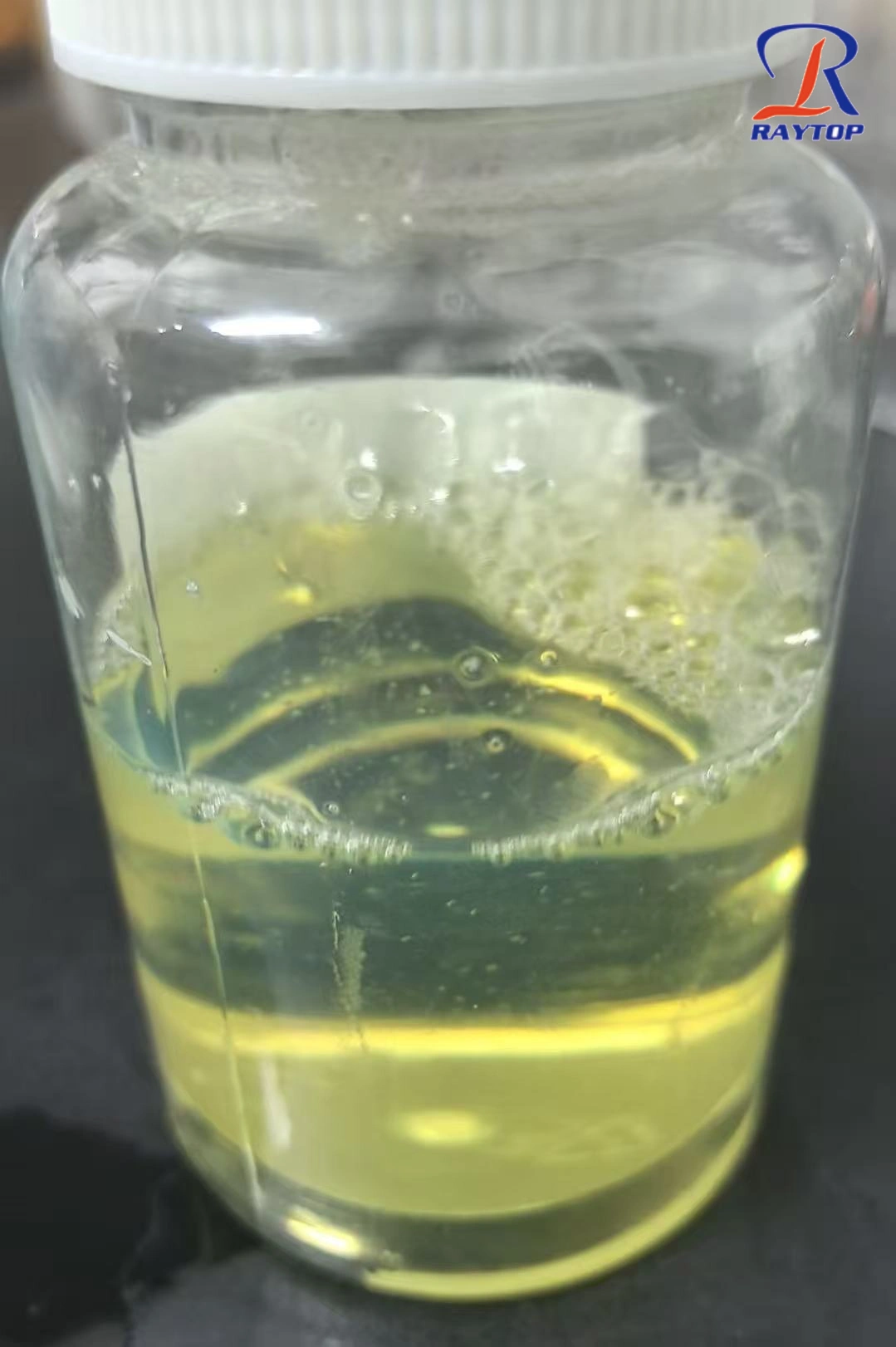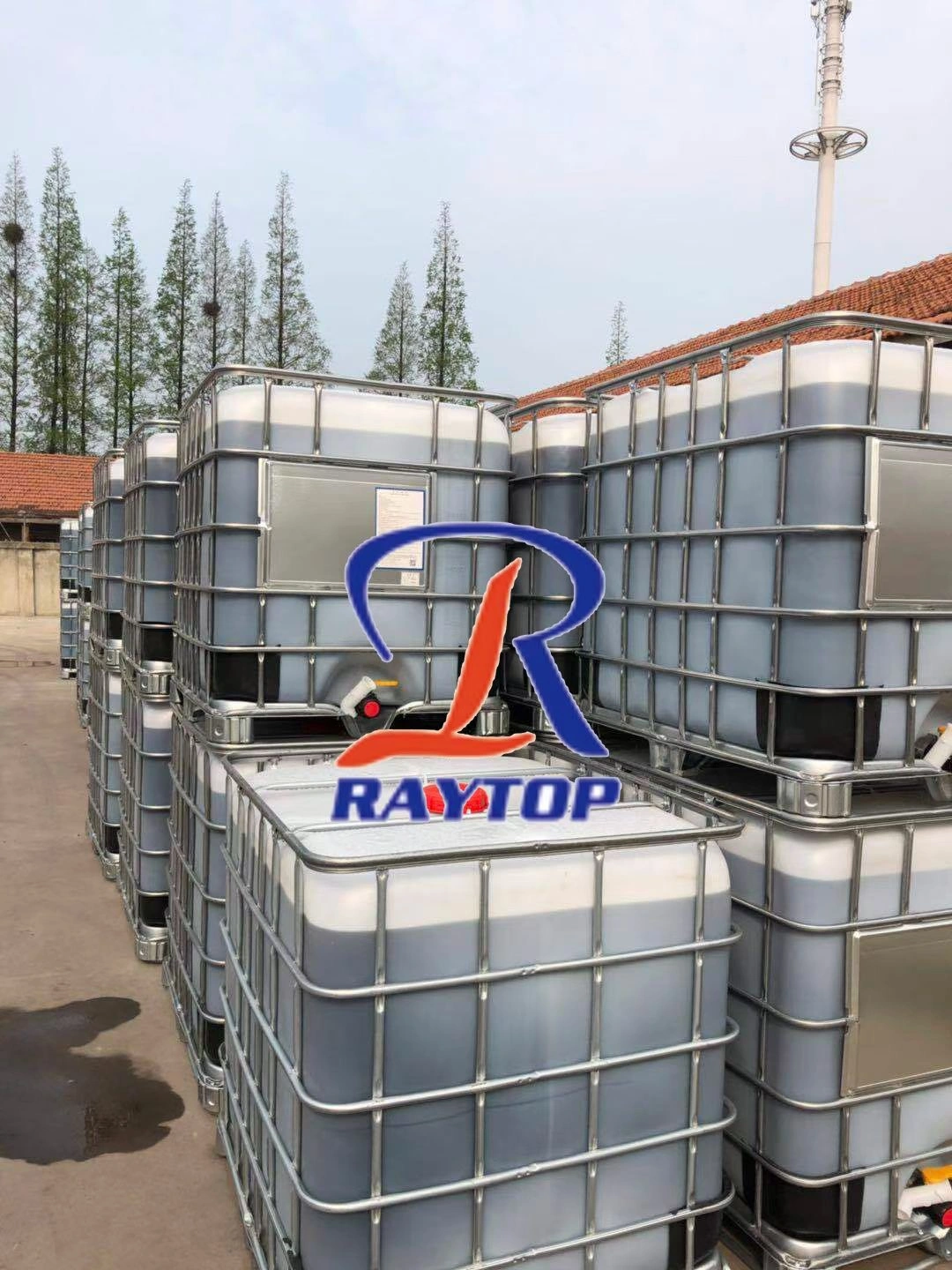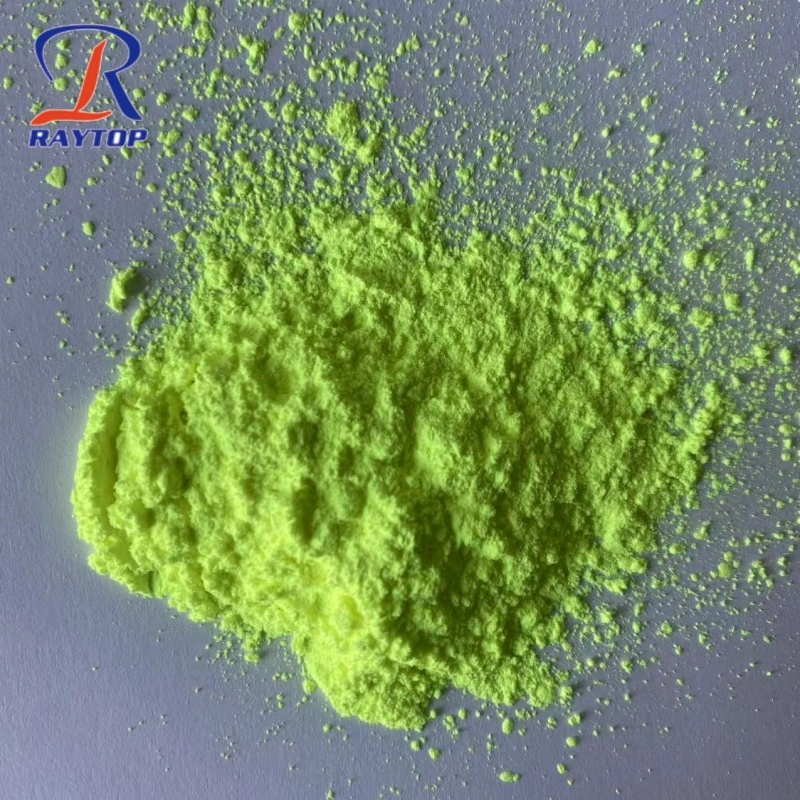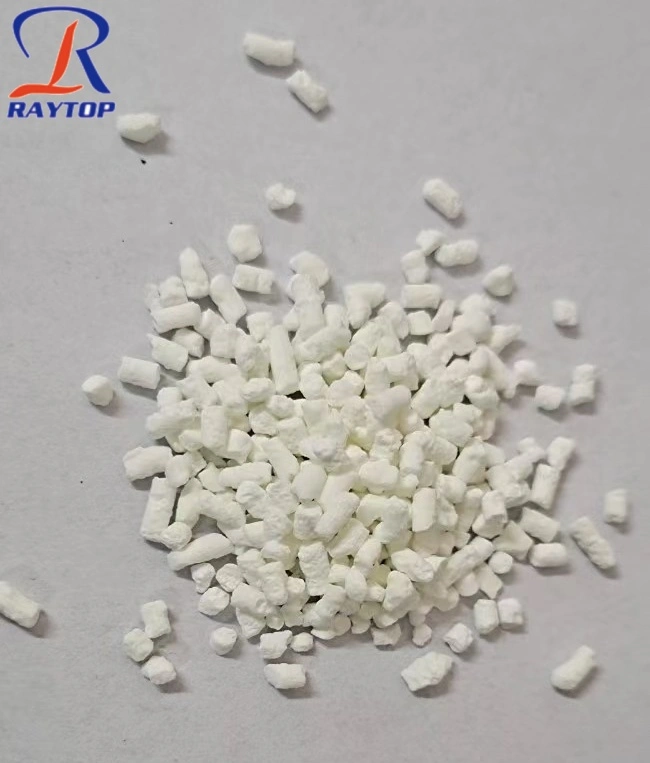Deodorizers, also named as odor remover, are primarily used to eliminate undesirable odors from products, especially those that develop during high-temperature processing. Let's delve into the application of deodorizers in masterbatch, the methods of application, recommended dosage, and the added value they bring to the final product.
Deodorizers and odor removers used in masterbatch are additives that are incorporated into plastic masterbatches to mitigate or eliminate unwanted odors that can arise from the plastic materials. Masterbatch is a concentrated mixture of pigments or additives dispersed in a carrier resin, which is later used to color or enhance the properties of plastic products during the manufacturing process.
When it comes to deodorizers and odor removers in masterbatch, there are a few key points to consider:
Types of Odor: Unpleasant odors can arise from various sources, such as the raw materials used in plastics, the manufacturing process itself, or external factors like storage conditions. These odors can include off-gassing, residual monomers, additives, or contaminants. Deodorizers and odor removers are formulated to neutralize or mask these odors.
Mechanisms of Action: Deodorizers and odor removers can work through various mechanisms. Some adsorb or absorb odor molecules, binding them to their surface. Others chemically react with odor-causing compounds to neutralize them. Certain products may simply mask odors by introducing a more pleasant fragrance.
Additive Formulation: Deodorizers and odor removers are typically formulated as additives in the masterbatch. These additives are chosen carefully to ensure compatibility with the base polymer and other additives, while also being effective at odor reduction. The right concentration of the additive is crucial to achieve the desired results without negatively affecting the properties of the final plastic product.
Testing and Compatibility: Before incorporating deodorizers or odor removers into a masterbatch, it's important to conduct compatibility and performance testing. This ensures that the additive doesn't negatively impact the mechanical, thermal, or aesthetic properties of the plastic product. Additionally, the effectiveness of the odor removal should be assessed to make sure it meets the intended requirements.
Application: Masterbatches with deodorizers and odor removers can be used in various plastic applications, such as automotive parts, consumer goods, packaging, and more. The choice of the masterbatch formulation will depend on the specific requirements of the application and the type of odor that needs to be addressed.
Regulatory Considerations: Depending on the final application and the region in which the product will be used, there may be regulatory guidelines and standards that need to be followed when using additives, especially those that come into contact with food, medical devices, or other sensitive environments.
Deodorizers and odor removers in masterbatch play a significant role in enhancing the quality of plastic products by addressing odor-related issues. When selecting and using these additives, it's important to collaborate closely with suppliers, perform appropriate testing, and ensure that the final product meets all relevant requirements.
Application of Deodorizers in Masterbatch.
Deodorizers are commonly used in masterbatch production to counteract and neutralize unpleasant odors that may be inherent in raw materials or developed during processing. They are particularly effective when working with polymers that can emit undesirable smells due to their chemical composition.
Methods Application of Deodorizers in Masterbatch.
Deodorizers are incorporated into the masterbatch during its production process. This ensures that the deodorizing agent is evenly distributed throughout the masterbatch, allowing it to effectively counteract odors at every stage of product manufacturing.
The method and amount used in masterbatches for fragrances and deodorants can vary from case to case, including the base polymer used, the deodorant effect desired, the application of the final product, and more. The following are general steps and considerations:
Determining the need: First, identify the odor problem that needs to be addressed. Is it to remove the odor of the raw material, or the volatile gas during the manufacturing process, or to improve the smell of the final product? Different needs may call for different types of deodorants.
Choosing the Right Deodorant: Choose the right type of deodorant depending on the nature of the problem. Some deodorants absorb odor molecules, while others neutralize odorous substances through a chemical reaction.
Work with suppliers: Work with masterbatch suppliers for their advice and recommendations. They may have experience and be able to advise you on the proper deodorant to use.
Conduct trials: Small-scale trials are necessary before formal production. You can prepare small samples to test the effect of different concentrations of deodorant on the odor. This helps determine the optimum concentration to use.
Adjust dosage: Dosage will vary based on many factors, including the type of deodorant chosen, the size and shape of the product, and the deodorizing effect you want to achieve. Generally speaking, the usual dosage range may be several hundred grams to several kilograms of deodorant per ton of masterbatch.
Performance testing: After determining the dosage, it is important to perform performance testing on the final product. Check the mechanical, thermal, etc. aspects of the product to ensure that the added deodorant does not negatively affect the quality of the product.
Regulatory Requirements: Make sure that the deodorants you use comply with applicable regulations and standards, especially if they come into contact with food, medical equipment, etc.
Masterbatches for use with deodorants and fragrances need to be carefully screened and tested to ensure they are effective in removing odors without compromising the quality and performance of the final product. The optimal dosage will be affected by several factors, so it is best to cooperate with the supplier and conduct sufficient trials before actual application.
Recommended Dosage for Deodorizers in Masterbatch.
The dosage of deodorizers in masterbatch depends on various factors such as the intensity of the odor, the type of polymer, and the desired level of deodorization. Generally, it's recommended to follow the supplier's guidelines for dosage, which are often tailored to specific applications and materials.
Added Value to Deodorizers in Masterbatch.
1)Improved Product Quality:
Deodorizers eliminate unpleasant smells, enhancing the overall sensory experience of the end product.
2)Enhanced Customer Satisfaction:
Products free from undesirable odors are more likely to satisfy customers, leading to higher brand loyalty.
3)Expanded Application Possibilities:
By using deodorizers, masterbatch manufacturers can expand their product applications to industries where odor control is crucial, such as food packaging and medical supplies.
4)Better Processing Environment:
Deodorizers contribute to a more pleasant working environment for both manufacturers and end-users, ensuring a positive user experience.
Deodorizers play a crucial role in improving product quality by effectively neutralizing unwanted odors. When incorporated into masterbatch, they enhance the sensory experience of the final product, elevate customer satisfaction, and offer a valuable solution to industries where odor control is essential. The application of deodorizers in masterbatch production ensures a consistent and efficient distribution of the deodorizing agent, ultimately contributing to a better overall product.
FAQ
Q1: What are deodorizers and odor removers in masterbatch?
A1: Deodorizers and odor removers are additives added to plastic masterbatches to eliminate or reduce unwanted odors in plastic products.
Q2: What types of odors can these additives address?
A2: These additives can address a range of odors, including off-gassing from raw materials, manufacturing processes, or external contaminants.
Q3: How do deodorizers and odor removers work?
A3: They can work by adsorbing or absorbing odor molecules, chemically neutralizing them, or masking them with pleasant fragrances.
Q4: Can any polymer be used as a carrier for these additives?
A4: While many polymers can be used, it's important to consider compatibility to ensure the additive doesn't negatively affect the properties of the final product.
Q5: How are the right additives selected for specific applications?
A5: The choice depends on the type of odor, the polymer used, and the desired effectiveness. Collaboration with suppliers and testing is crucial.
Q6: Can these additives affect the mechanical properties of plastic products?
A6: Yes, if not carefully chosen or tested, these additives can affect mechanical, thermal, or other properties of the plastic product.
Q7: Are there regulatory considerations when using these additives?
A7: Yes, especially for products that come into contact with food, medical devices, or sensitive environments. Regulatory guidelines must be followed.
Q8: How much of these additives should be used per ton of masterbatch?
A8: The amount varies depending on factors like the type of additive, the desired odor removal, and the polymer. Generally, it could range from hundreds of grams to kilograms per ton.
Q9: How should these additives be incorporated into masterbatch?
A9: Typically, these additives are mixed with the carrier polymer and other additives during the masterbatch compounding process.
Q10: Can these additives cause allergic reactions?
A10: Some fragrances used in masking odors could potentially cause allergic reactions in sensitive individuals. Care should be taken in selecting safe fragrance options.
Q11: Can these additives impact the color or appearance of the final product?
A11: Yes, certain additives or fragrances might affect the color or appearance of the product. Testing is crucial to ensure the desired aesthetics are maintained.
Q12: Are these additives effective for long-term odor control?
A12: The effectiveness can vary depending on the additive used and the specific application. Regular testing is important to ensure consistent results.
Q13: Can these additives be used in food packaging?
A13: Yes, but regulatory compliance for food-contact materials is crucial. Additives used should be certified safe for such applications.
